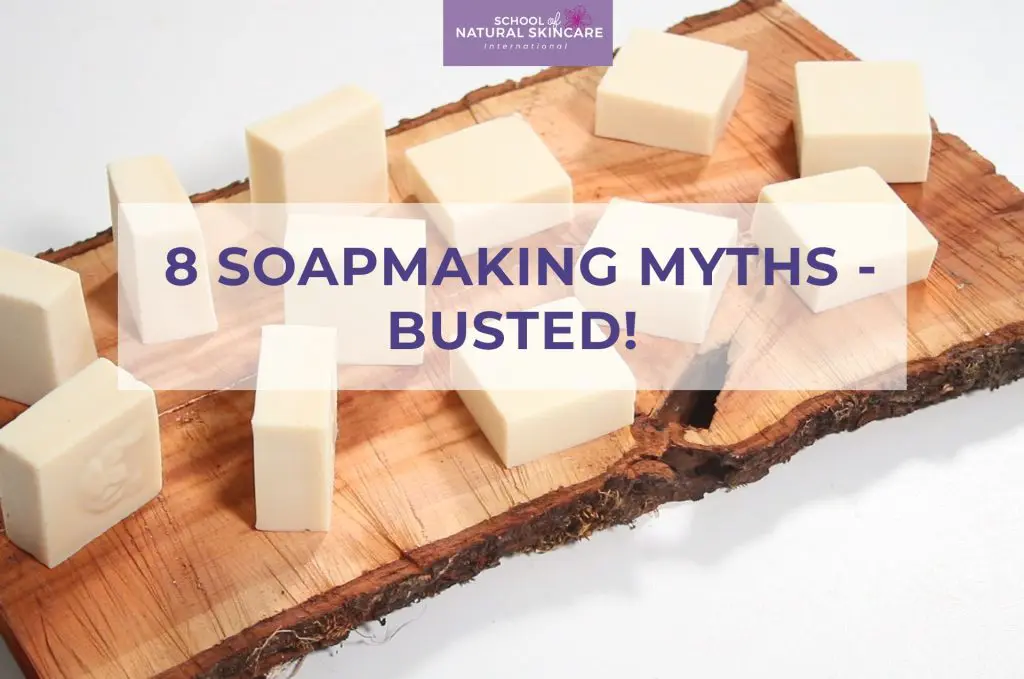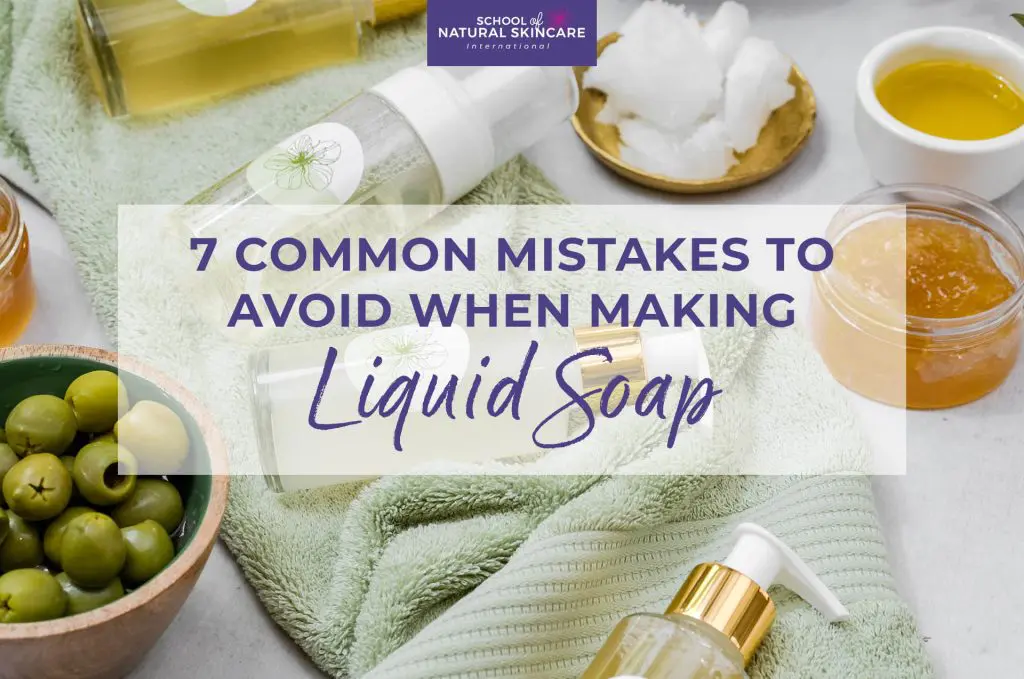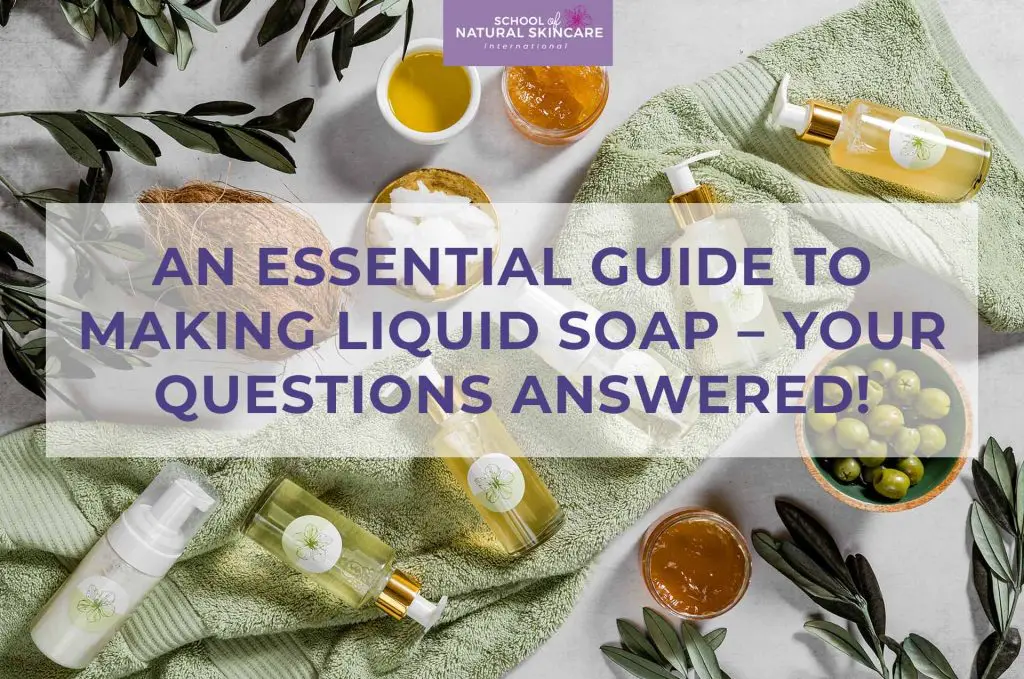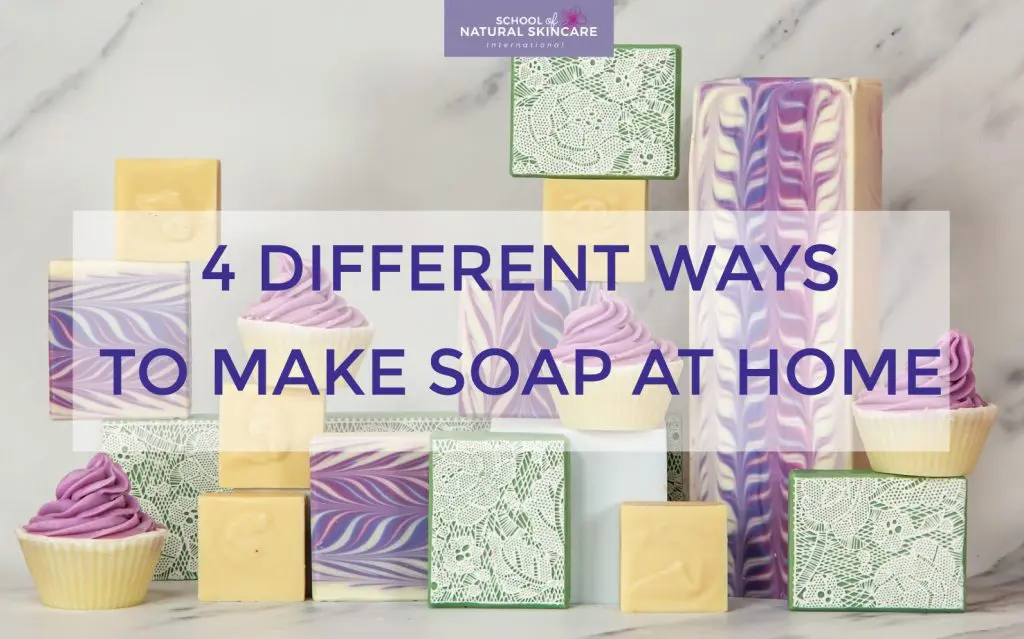If you’ve been making skincare or haircare products for a while, you’ll know that there is a lot of inaccurate and misleading information out there. We are super passionate about accuracy, and love to share the correct information so that you can make skincare products successfully and safely!
Well, it’s the same with soap making. Myths and misconceptions abound in blogs and social media. We’ve identified 8 myths that we’re going to bust for you today!
These myths show that it is really important to get your information from reliable, well-researched and trusted sources.
We’ve created our Diploma in Soap Making as the ultimate soap making course, covering cold process, hot process and liquid soap making. With reliable and accurate information, tried-and-tested recipes, step-by-step video tutorials and tutor support, it provides everything you need in one place.
If you’re not familiar with the different types of soap making – cold process, hot process and liquid soap making – then you may like to read our article 4 Different Ways to Make Soap at Home, first.
Now, let’s bust some myths!
8 Soap Making Myths – Busted!
1. Handmade soap contains lye.
We are all aware of how dangerous lye can be. So some people get worried when they learn that natural soap (hot or cold processed, liquid soap too) is made with lye. Nobody wants lye in their soap, right?
But the truth is, while soap is made using lye, the lye reacts with the oils during the soapmaking process. After the chemical reaction, there is no more lye present in the soap! This means that even though lye was used, finished soap actually contains no lye.
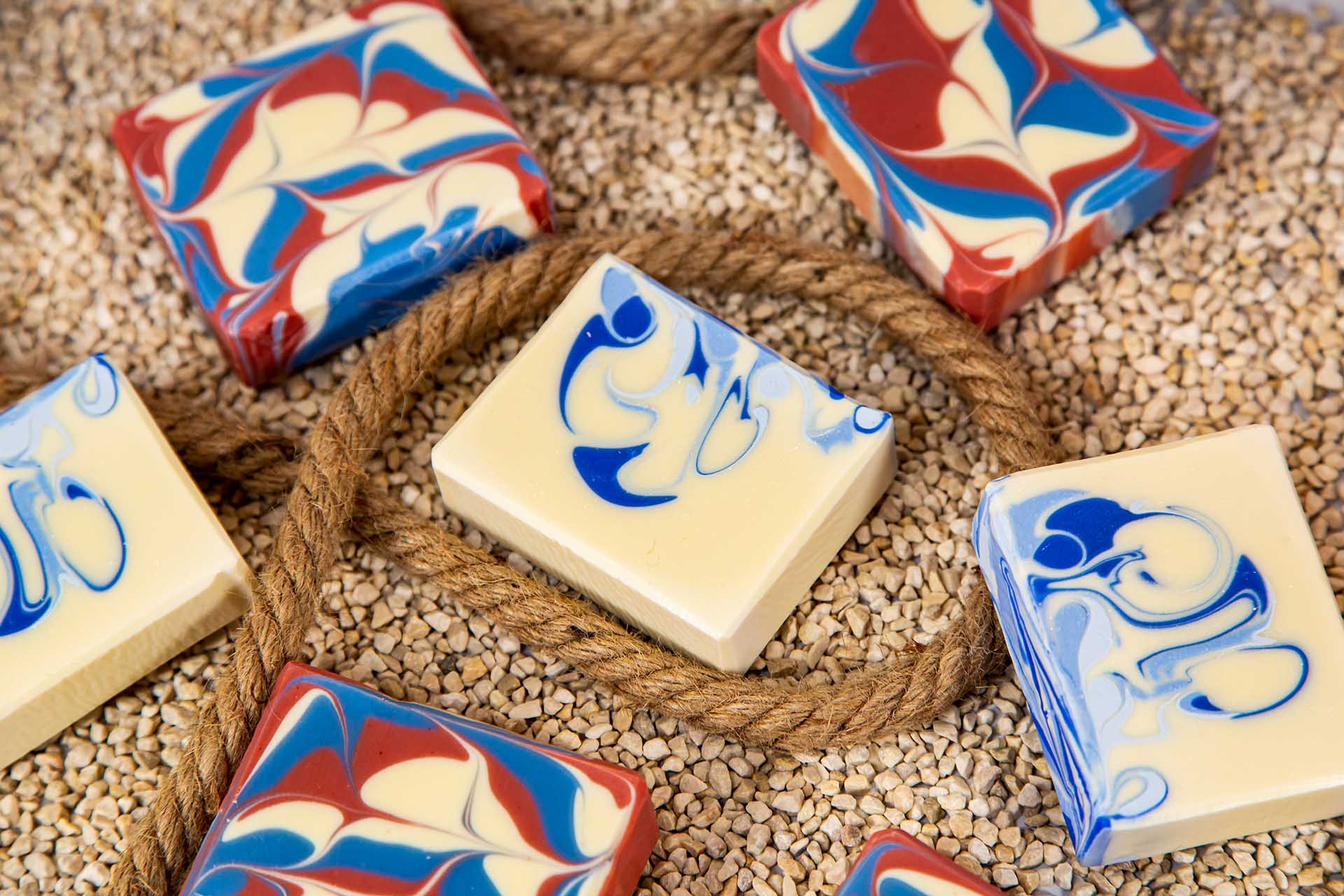
2. You can make pH-neutral soap by adding citric acid to the recipe.
Soap bars and liquid soap made with natural oils and lye will always have an alkaline (or basic) pH. This means that the pH of the finished soap will be higher than 7. In fact, it is much higher than that, it is usually around 9 or 10. This is because of the chemical composition of soap and it can’t be altered.
Adding acids (such as citric acid or vinegar) to the soap recipe, will just ‘take up’ some of the lye, so there will be less lye available to react with the oils. This means the finished soap will have a higher superfat, but its pH will remain roughly the same. It is not possible to create natural soap with a neutral pH!
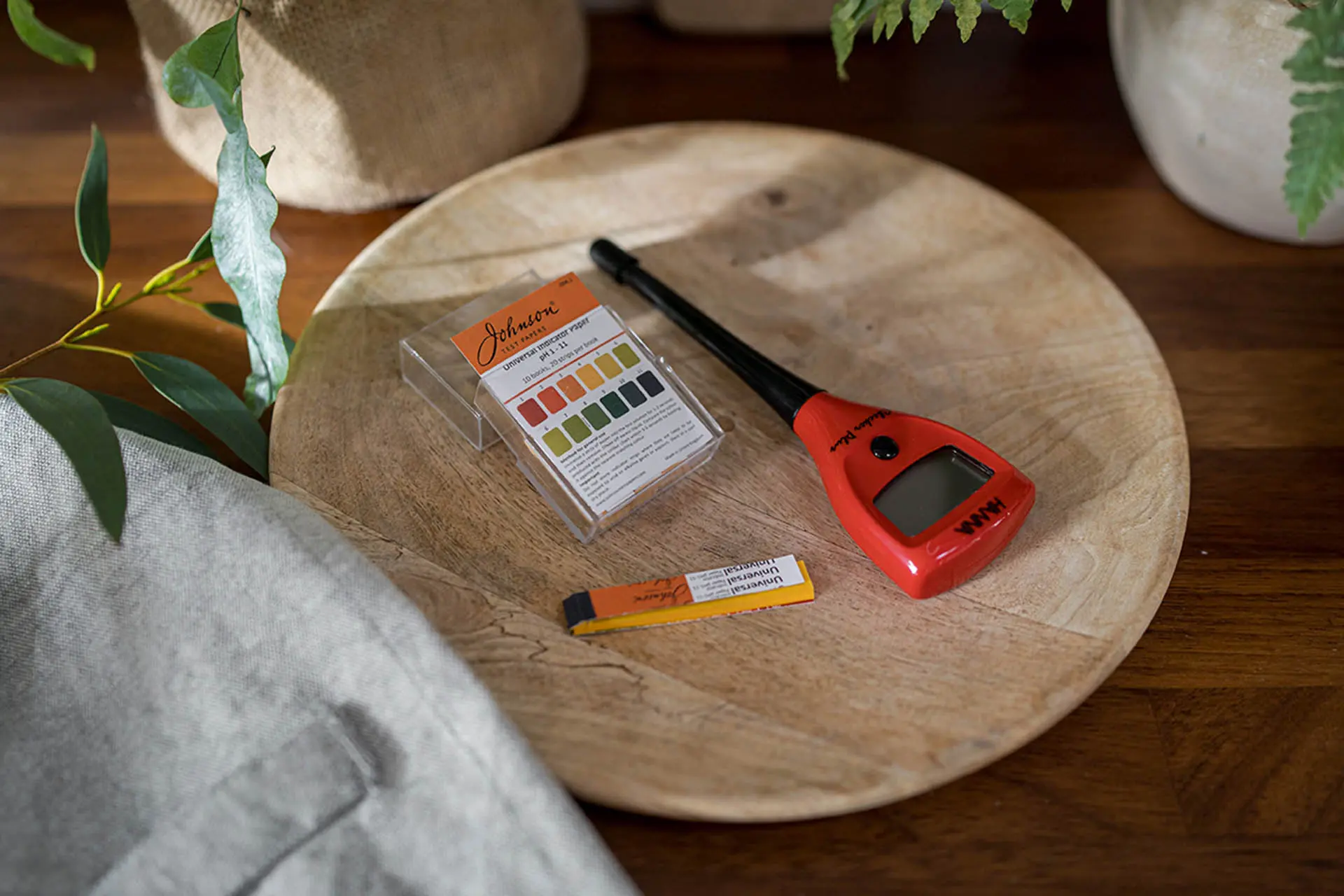
3. Oils added after trace will remain unsaponified and will represent the superfat of the finished cold-process soap.
Many soapmakers like to prepare their superfat oils and only add them after their cold process soap mixture has reached trace. They believe doing so will ensure that the oils added after trace won’t saponify and thus remain as the superfat.
However, this is not true! Once the soap mixture reaches trace, the oils have only started saponifying and the vast majority of them are not saponified.
Once the mixture is poured into a mold, the oils, including the one added after trace, will continue saponifying over the next few hours. This means that the superfat will contain all of the oils in the recipe, not just the ones added after trace. For this reason, it is impossible to control superfat in cold process soap.
However, if you make soap with a hot process method, you can control the superfat! Read more about hot process soap making: 10 reasons to make Hot Process Soap.
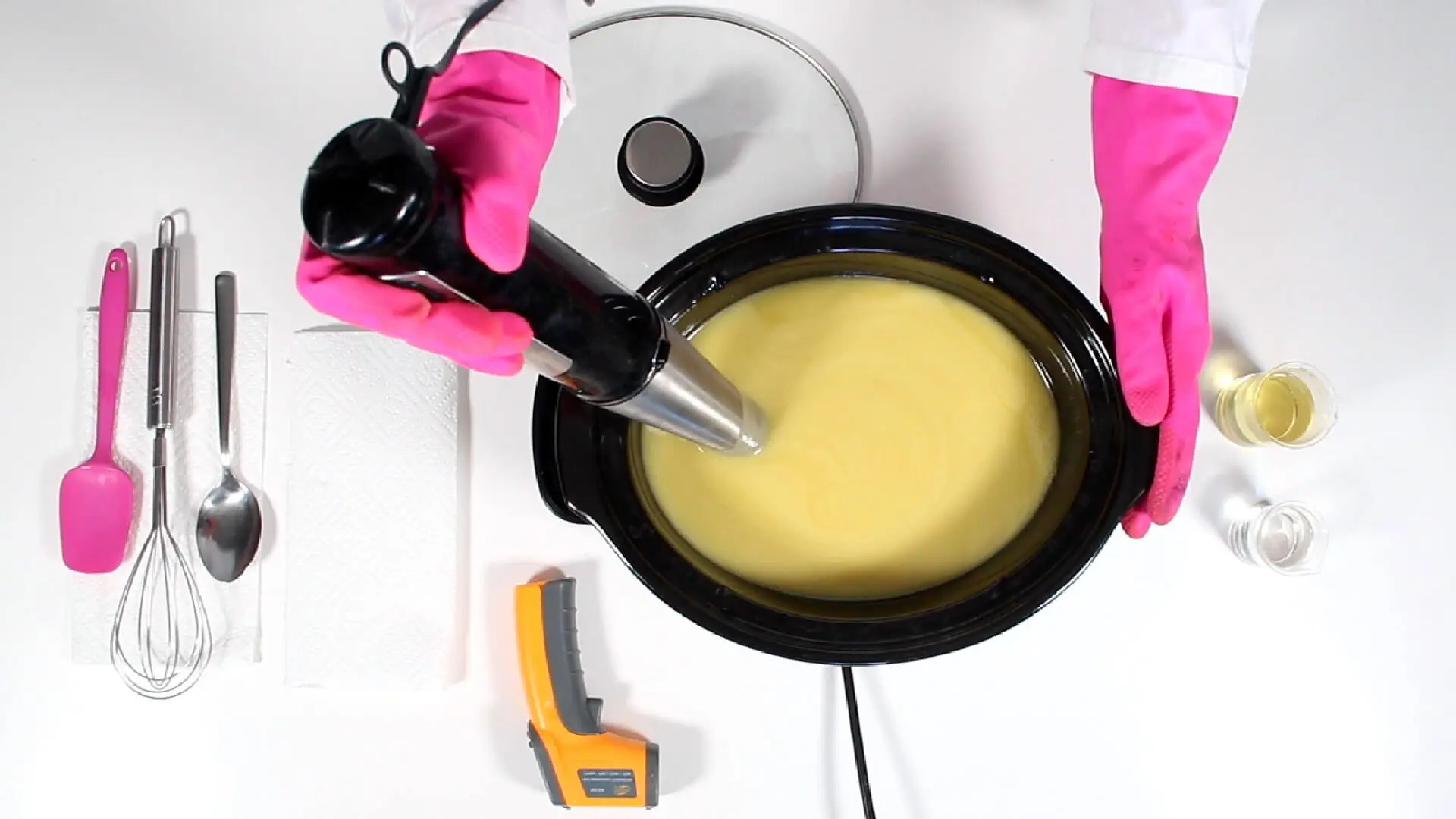
4. Hot process soap does not need curing.
As you may know, hot process soap is pretty much fully saponified before it is transferred to a mold. So as soon as it hardens up it can be unmolded and cut. You may have also heard it can be used straight away, without any curing time. While it is true that such soap is safe for skin as it does not contain any unreacted lye, it doesn’t mean curing time can be skipped with hot process soap bars.
During curing, extra water evaporates from the soap bars, making them harder and more stable. Since hot process soap recipes often contain higher amounts of water, curing is actually very important for hot process soap. Secondly, during the curing process the structure and alignment of soap molecules change to form better quality crystalline formation – this makes the bar better lathering, more gentle and increases its longevity.
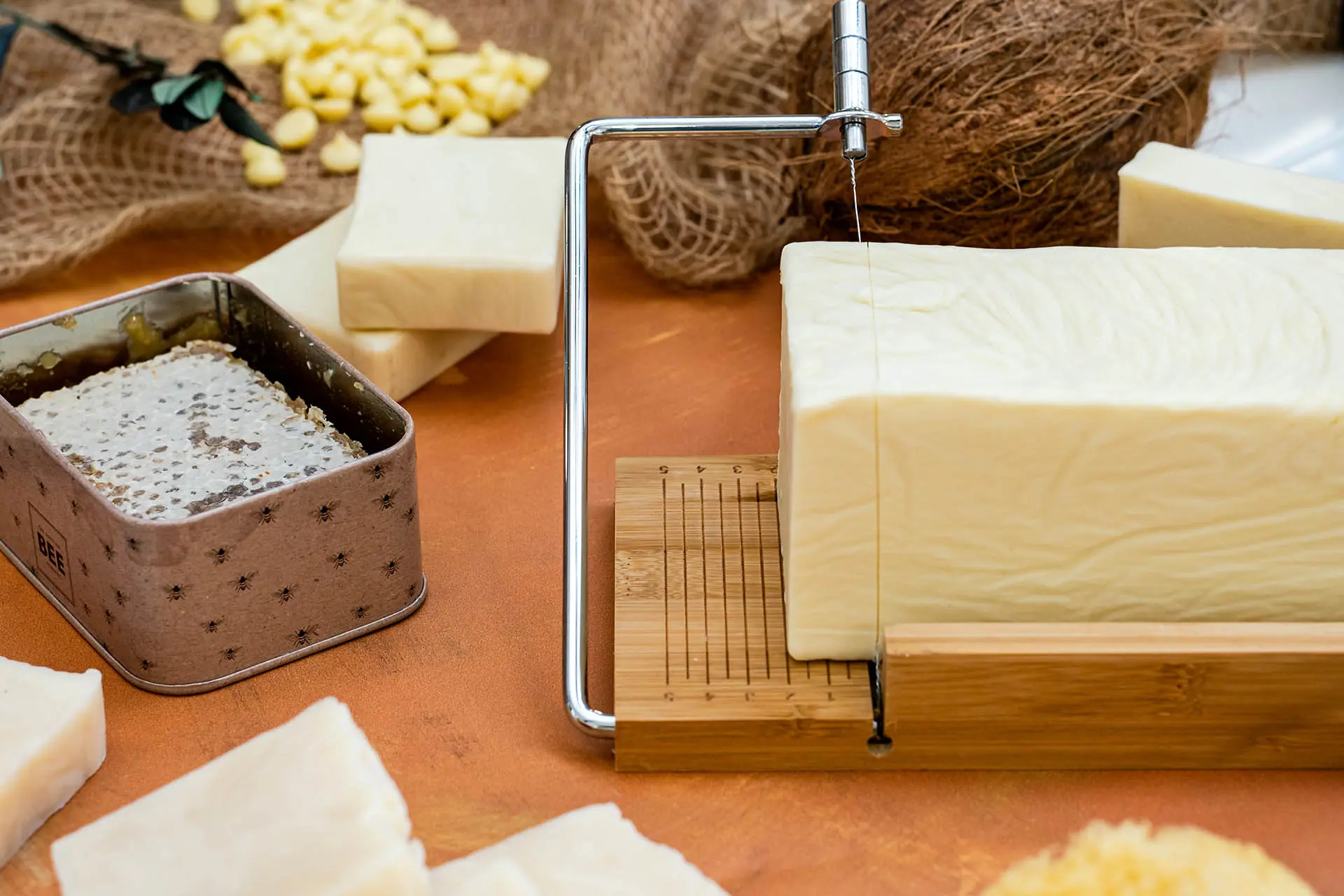
5. Any soap recipe can be made cold or hot process.
While many soapmaking recipes can be done using either hot or cold process, it is common for a recipe to be tailored to a specific soapmaking process.
There can be a number of differences in recipes intended for hot or cold processes. For example, the amount of water, types and amounts of additives (such as sugar) and types of fragrances. This can easily mean that taking a hot process recipe and trying to make it with a cold process method will result in a greatly accelerated saponification (also known as ‘soap on a stick’) or a soft, pliable soap bar.
We recommend following recipes that have been specially created for the soap making method you are following. That’s why in our Diploma in Soap Making we provide different recipes for cold process and hot process soap.
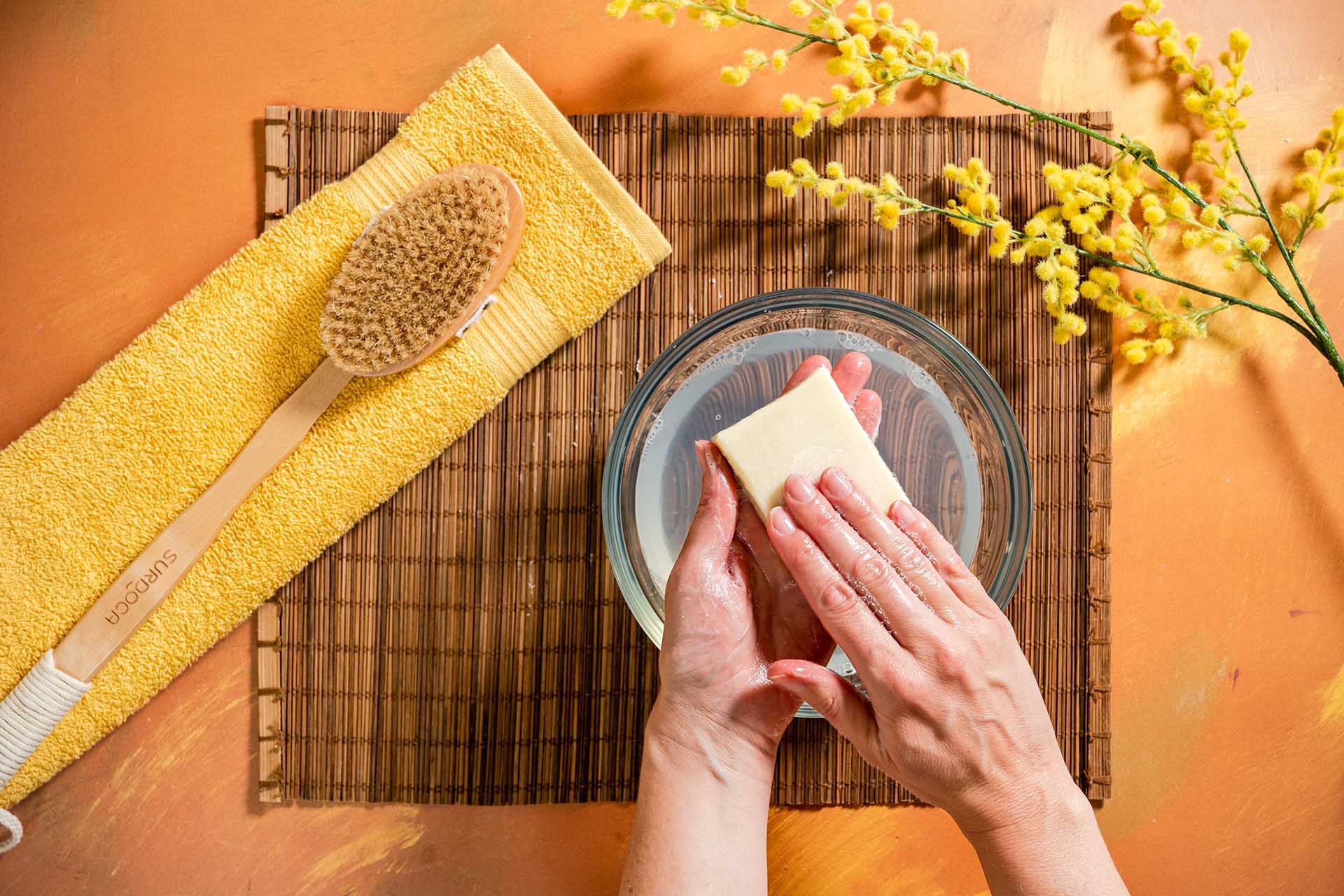
6. Soap bars make wonderful shampoo bars.
With the popularity of the zero waste movement, lots of people are opting for solid shampoo bars instead of plastic bottles filled with liquid shampoos.
This caused an increase in people using solid soap bars as shampoo bars. They both lather and clean, so it should be OK, right? Well, no.
Soap bars, due to their chemical composition, have an alkaline pH (around 9 or 10), which is a much higher pH than is ideal for hair products. Using alkaline products to clean the hair regularly can cause damage to the hair, such as tangling and breakage. Therefore, we don’t advise using soap bars to wash your hair. We explain more about this here: Five natural shampoo recipes that won’t work (and why!)
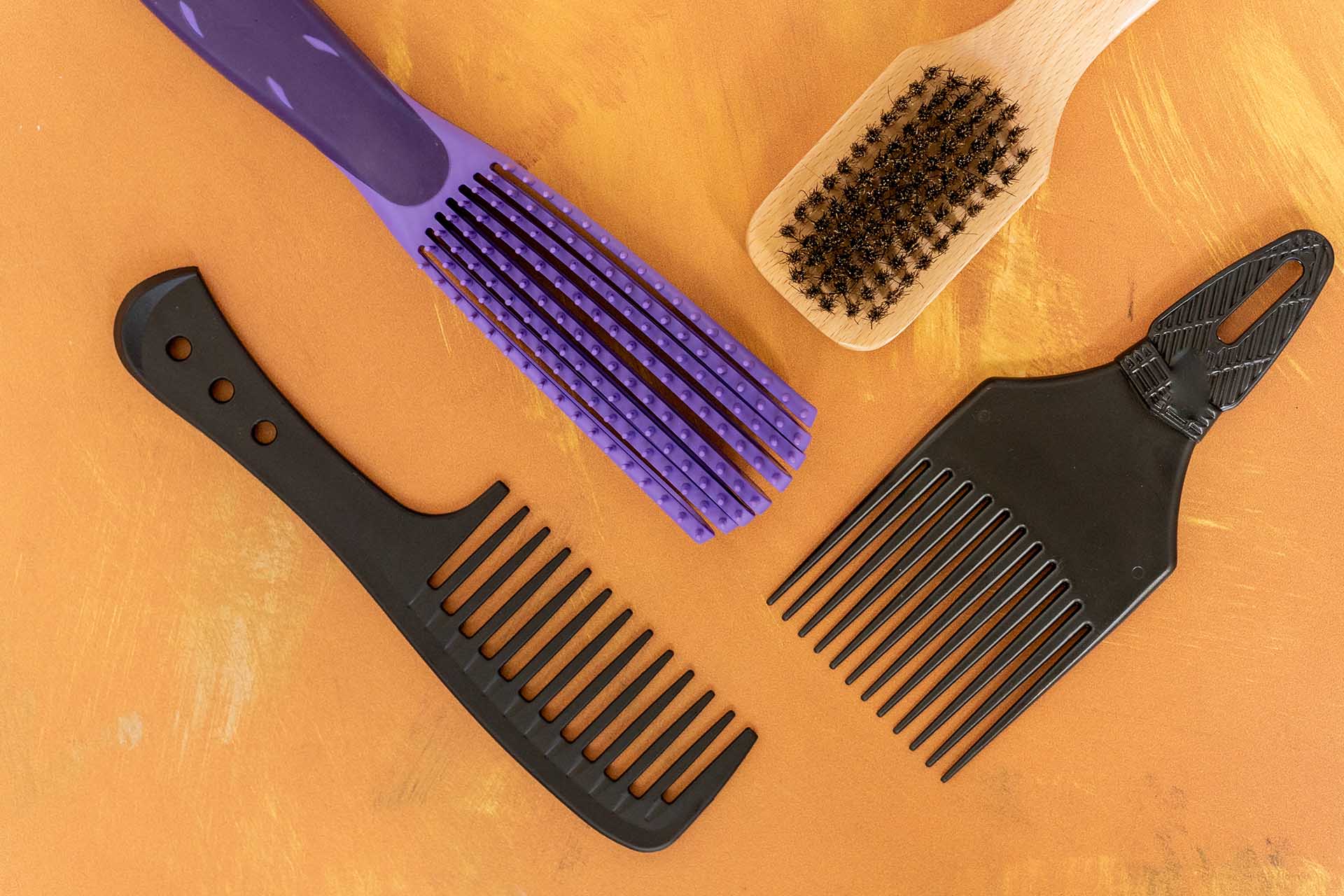
7. You can easily make liquid soap using grated soap bars.
There is a lot of unreliable information on the internet, including that liquid soap is simply made by melting grated soap bars in water.
While this technically can be done, it doesn’t make a pleasant liquid soap. Due to the low water solubility of sodium soap (which is a name for soap made with sodium hydroxide [NaOH] as the lye), melting grated soaps in water will result in a creamy looking, thick, and not smooth mixture. Nothing like a true liquid soap, which is clear, thin, transparent and smooth.
So while solid soap bars can be mixed with water, they don’t form a true liquid soap. In order to make safe, effective and easy-to-use liquid soap, you will need to use potassium hydroxide (KOH) as your lye and follow a different method. We cover liquid soap making in detail in our Diploma in Soap Making and provide video demonstrations to show you exactly how to make it.
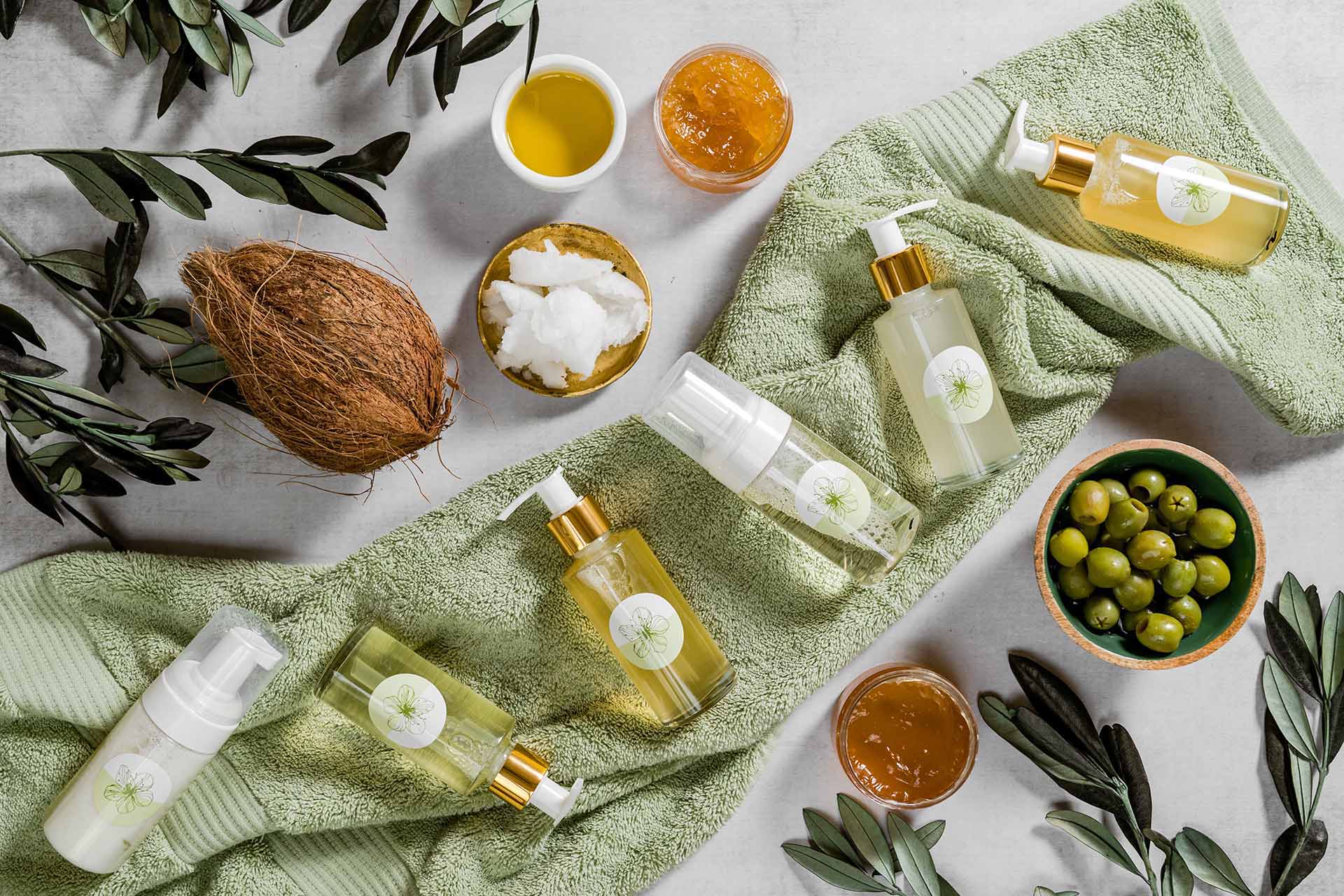
8. Using ratios is the best way to determine dilution when making liquid soap.
When you make liquid soap you initially make a solid soap paste that then needs to be diluted in water to make a liquid soap. The ratio of soap paste to water is important to get right, but many online recipes don’t calculate it correctly.
Looking at liquid soap recipes online you can easily find instructions to dilute the soap paste in a 1:2 or 1:3 ratio. While this is very simple to do, it unfortunately doesn’t result in very consistent products.
A much better way of diluting the soap paste is by determining the percentage of anhydrous soap (or active matter) in the paste and then calculating the suitable dilution to achieve the desired soap strength.
This is a little more complicated, but it is much more accurate and you’ll get consistent results each time. We explain the soap dilution method and calculations in detail in Part 4 Advanced Soap Making: Liquid Soap, so you can follow along.
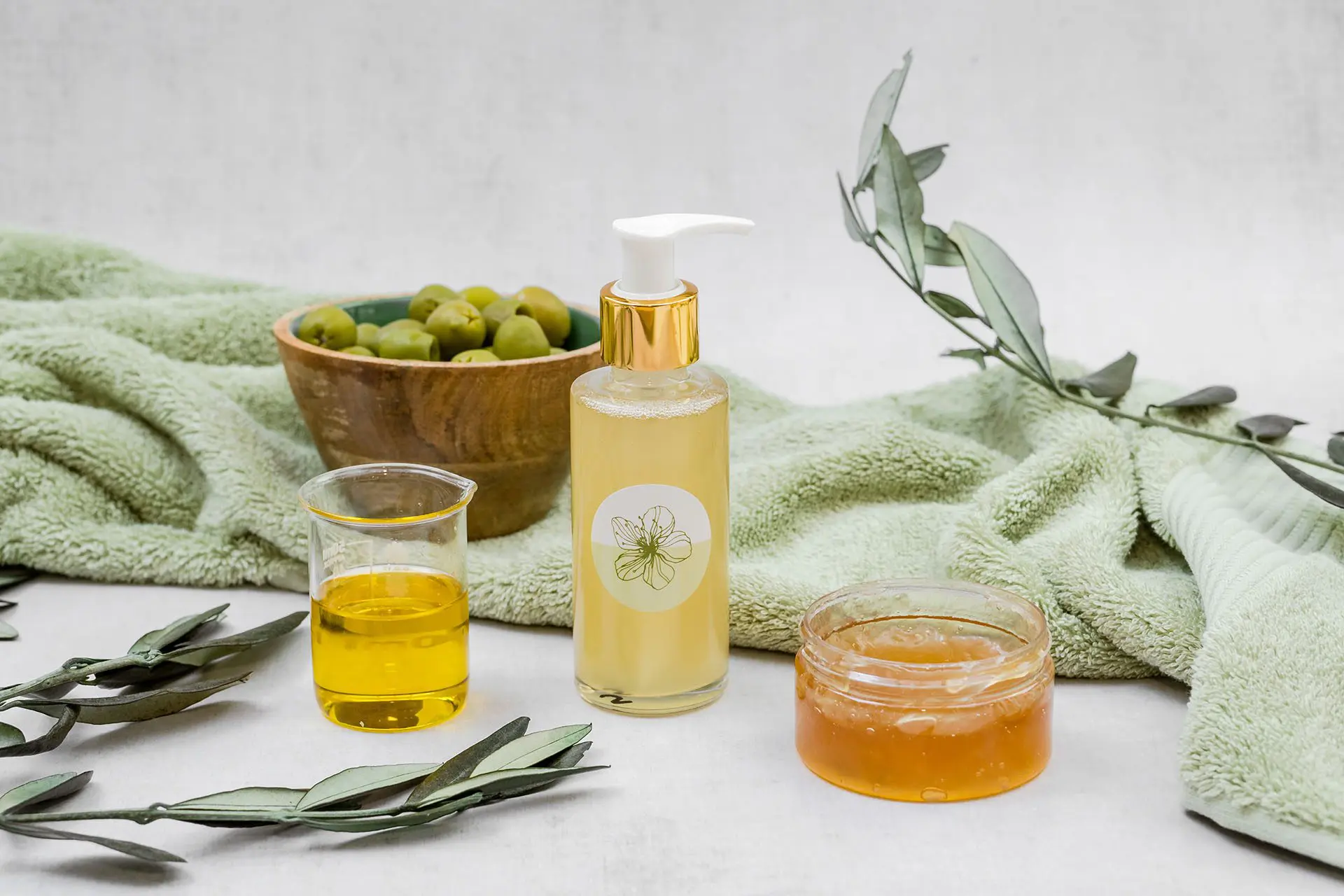
A complete online soap making course!
Looking for reliable and accurate soap making advice?
You’ll love our brand new Diploma in Soap Making! This four-module course is the most comprehensive online soap making diploma course available, covering four areas of soap making:
Part 1: Cold Process Soap Making
Part 2: Advanced Soap Making: Soap Swirling Techniques
Part 3: Advanced Soap Making: Hot Process Soap
Part 4: Advanced Soap Making: Liquid Soap
Our Diploma in Soap Making is a detailed course that covers everything you need to know to make soap safely and successfully. Containing detailed step-by-step videos showing you exactly how to make each type of soap, beautiful and detailed course textbooks to download, tried-and-tested recipes to follow, troubleshooting advice and tutor support from a master soapmaker, you’ll have everything you need to create exceptional soap.
We’re looking forward to welcoming you to our online Diploma in Soap Making and if you have any questions, please reach out to our customer service team by email on [email protected]. We’d be delighted to hear from you and help you with your enquiry.

